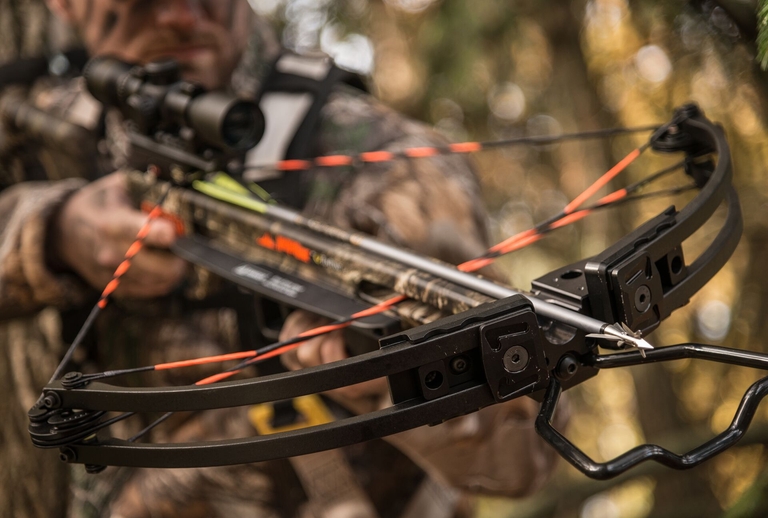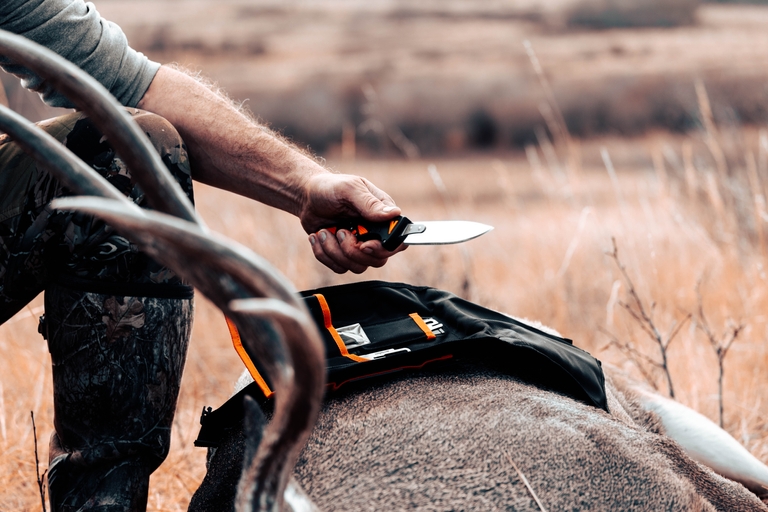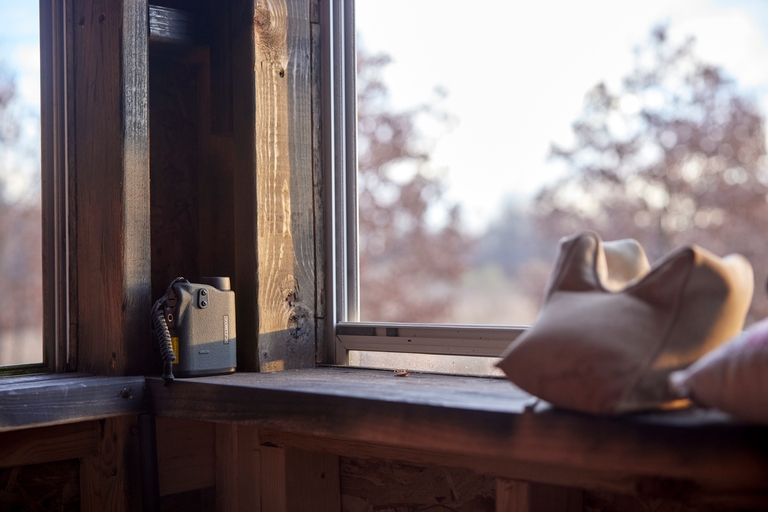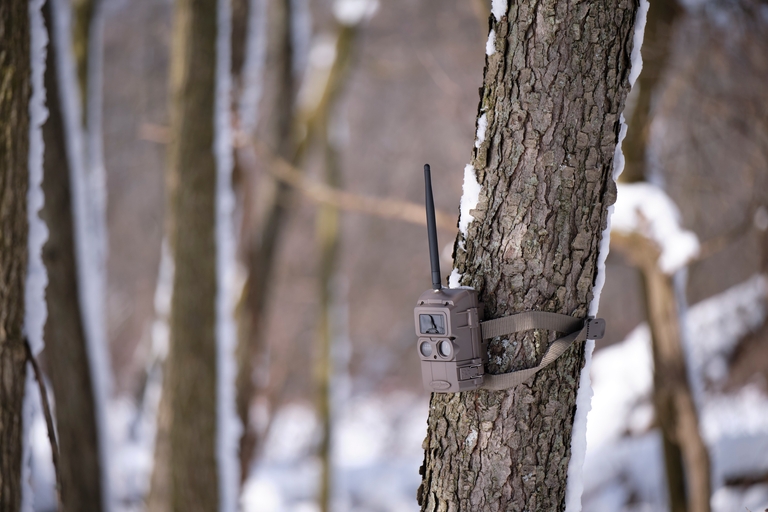What Is Shotgun Patterning (and How to Do It)

Have you ever missed an easy shot with a shotgun and wondered why? Often, it's not due to a lack of skill but because you haven't patterned your shotgun. Learning how to pattern a shotgun is one of the first things a hunter should do.
Today, we'll go over shotgun patterning, why hunters pattern their shotguns, and practical steps for dialing in patterns.

Why Shotgun Patterning Matters for Hunters
Shotgun patterning refers to shooting your shotgun to see how it patterns pellets at various ranges.
So, why do hunters pattern their shotguns? Knowing your pattern means you know where to put lead on the target when the time comes. It's by understanding your shotgun's pattern you'll be able to confidently take clean shots and avoid maiming any animals.
Patterning lets you figure out the best choke and ammunition combo for what you're hunting. You'll want different spreads for ducks, turkeys, or upland birds. Without this first step, you risk missing shots or taking unethical shots that wound the game.
How to Pattern a Shotgun
Remember that gun safety is your main priority. Always wear your ear and eye protection. Then, follow this process to pattern your shotgun.
What You Need
It's best to use paper targets around 30" by 30". Set them up using a target stand at a safe shooting range. This setup lets you see your shotgun's pellet spread at different distances.
Shooting Distances and Technique
The typical distances you'll pattern at are 20, 30, and 40 yards. Aim at the bullseye and record the spread of the pellets.
Repeat at different distances and with different chokes until you know how your gun performs in various situations.

Understanding Chokes and Their Impact
The choke you use in the shotgun dramatically affects pellet spread. Each choke type serves a different purpose.
Here are a few chokes to test for your firearm:
- Cylinder Choke: Offers the widest spread, perfect for close-range hunts.
- Improved Cylinder: Slightly tighter cylinder, ideal for upland birds like pheasants and quail.
- Modified Choke: Balances spread and distance effectively, suitable for duck hunting.
- Full and Extra Full: Provides tight patterns; optimal for turkey hunting.
Experiment with different chokes to find what works best for your gun.
Choosing the Right Shot Size and Load
Matching your ammunition to your goal is pretty straightforward.
Here are a few tips to keep in mind:
- Small Shot (e.g., #7, #8, #9): Great for doves, quail, and clay shooting.
- Medium Shot (e.g., #4, #5, #6): Effective on ducks, pheasants, and small game.
- Large Shot (e.g., #2, BB, T): Best suited for geese, turkeys, and predators.
Test as many ammo brands and sizes as you can during patterning. Testing is how you'll know the best match for your shotgun.

Analyzing Your Shotgun Patterning Results
Knowing what to look for as you learn how to pattern a shotgun helps you achieve the grouping you want for the game you're after.
What to Look for in Your Pattern
After you've taken a few shots, take a step back and study your targets.
You're looking for an even spread with no voids, especially in the center of the target. The densest part of the pattern should fall right where you aimed — this shows your setup is dialed in.
If the pattern consistently pulls to one side or leaves a void in the middle, it could indicate several things. It could be an issue with your barrel alignment or shooting form. It's also possible your choke and load combo isn't a good fit. Try different combos.
Making Adjustments That Matter
If your results aren't what you expected, don't worry. This is precisely why we pattern in the first place!
Try switching chokes, going tighter for longer shots and looser for close-up work. Remember to test different ammo brands or shot sizes. The goal is to find a setup that gives you the best pattern with the best chance to harvest.
Extra Tips for Getting It Right
You'll get the most accurate results by firing multiple rounds at each distance. A single shot won't show you the complete picture.
My rule of thumb is to take three shots with each brand and size at each distance.
Then, keep notes as you go. Record what load you used, what choke was installed, the range you shot from, and how the pattern looked. Those notes will save you time and second-guessing when you're trying to remember which patterns you liked when planning a trip 12 months from now.
Just remember to tailor your setup to the terrain. Go with a tighter pattern and larger shot when hunting in open fields. A wider pattern with a smaller shot can be more effective in thick brush.
Safety Always Comes First
Just like any range work, shotgun patterning should be done at a safe location with a solid backstop.
Always wear eye and ear protection and follow basic firearm safety. Drilling safe practices now is how you prevent a hunting accident while you're under stress.

Learn More About Firearms and Hunting Safely with Hunter-Ed
Proper shotgun patterning is important to prepping for success, but it's also a matter of ethics. Understanding how your shotgun performs with various chokes and ammunition boosts your confidence and hunting success.
Before your next hunt, dedicate some time to pattern your shotgun. If you're new to hunting or want to learn more about shotguns and other firearms, you can learn more by taking an interactive hunter safety course through Hunter-Ed to ensure you're fully prepared for a safe and successful hunt.
Our courses cover a range of hunting safety essentials that not only keep you safe in the field but also help you meet the hunter education requirements for your state!
As you prepare for the upcoming season, make sure you have your hunter education card.
Choose the online Hunter-Ed course for your state and start learning!






